Are you a seafood lover, but can’t tell the difference between clams and mussels? You’re not alone!
These two shellfish have some startling differences that you might not be aware of. From their appearance to their taste and nutritional value, there’s much more than meets the eye.
In this blog post, we’ll explore everything you need to know about clams vs mussels, so grab a seat and get ready to learn something new!
About clams
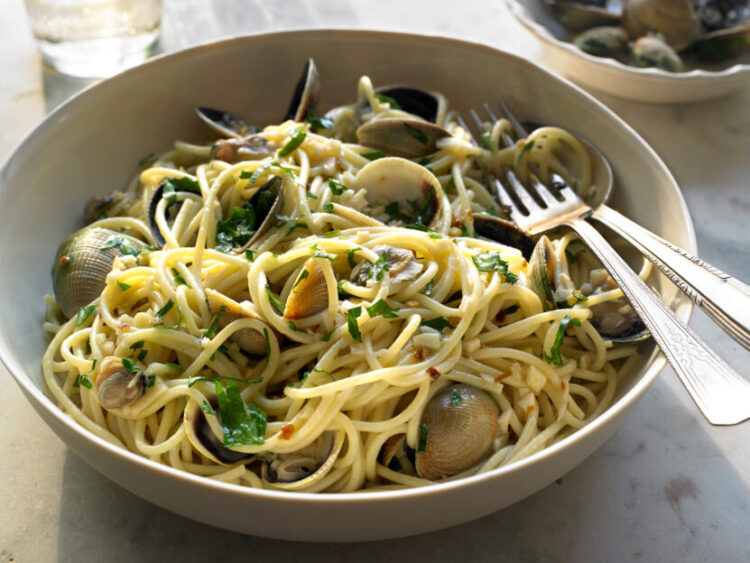
Clams are one of the most popular types of shellfish that can be found all over the world. They are bivalve mollusks, meaning they have a two-part hinged shell that protects their soft bodies inside. Clams live in saltwater environments such as oceans, estuaries, and even freshwater lakes.
There are many different species of clams with various sizes and colors. Some common varieties include littleneck clams, cherrystone clams, quahogs or hard-shelled clams, and razor clams. Each type has its own unique flavor profile and texture.
Clam meat is high in protein but low in fat and cholesterol making it a healthy addition to any diet. It’s also rich in essential minerals like iron and zinc which help keep our bodies healthy.
In cooking, there are endless ways to prepare clam meat – steamed, boiled or fried- just to mention some methods. Clam chowder is perhaps one of the most well-known dishes featuring this delicious seafood ingredient!
About mussels
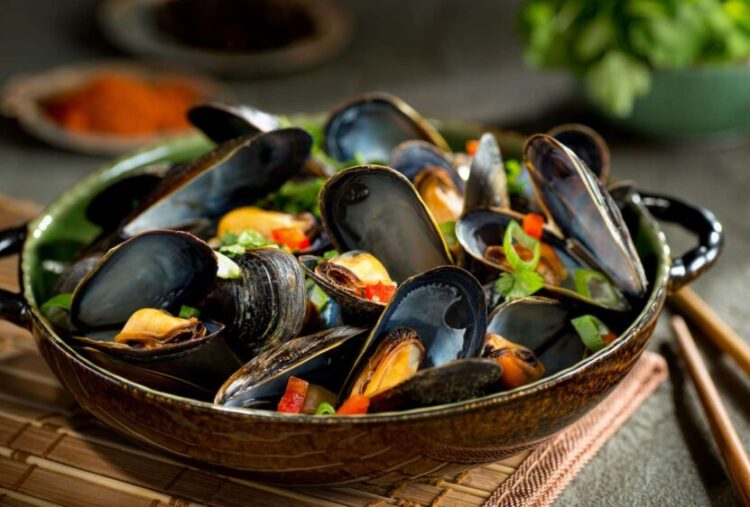
Mussels are a type of shellfish that can be found in both freshwater and saltwater environments. They belong to the bivalve family, which means they have two hinged shells that protect their soft bodies inside.
These small creatures cling to rocks or other hard surfaces with their sticky threads called byssal threads. Mussels feed on plankton and nutrients from the water around them, using their gills to filter and extract what they need.
Mussels come in various sizes, shapes, colors such as black mussels, blue mussels, green-lipped mussels etc., depending on their species and habitat. Some of the most popular types used for culinary purposes include blue mussel (Mytilus edulis), Mediterranean mussel (Mytilus galloprovincialis), and New Zealand green-lipped mussel (Perna canaliculus).
Apart from being a delicious seafood delicacy enjoyed worldwide for centuries now due to its high nutritional value – packed with vitamins B12 & C; minerals like iron, manganese & phosphorus – they also play an important role in maintaining marine ecosystems.
The difference between clams and mussels
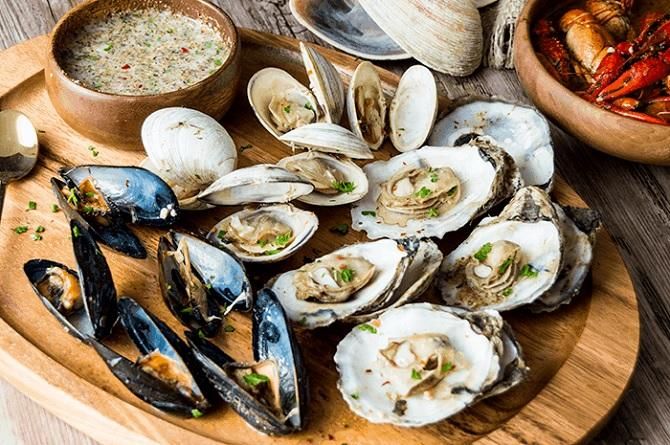
Clams and mussels are both types of bivalve mollusks that live in saltwater or freshwater habitats. While they may look similar at first glance, there are some notable differences between the two.
One key difference is their shell shape – clams tend to have a more rounded shape, while mussels have a longer, narrower shape. The way these shells close also differs; clams use muscles to pull their shells together tightly, while mussels use strong byssal threads to hold themselves closed against predators.
Another difference lies in their feeding habits. Clams are filter feeders, meaning they draw water into their bodies through siphons and filter out small particles for food. Mussels also filter feed but often attach themselves to rocks or other surfaces with those byssal threads mentioned earlier.
The texture and taste of these two creatures vary greatly – clams tend to be firmer and chewier with a slightly sweeter flavor profile compared to mussel’s softer texture and briny flavor.
These subtle yet significant differences make each type of mollusk unique in its own right!
Which is better?
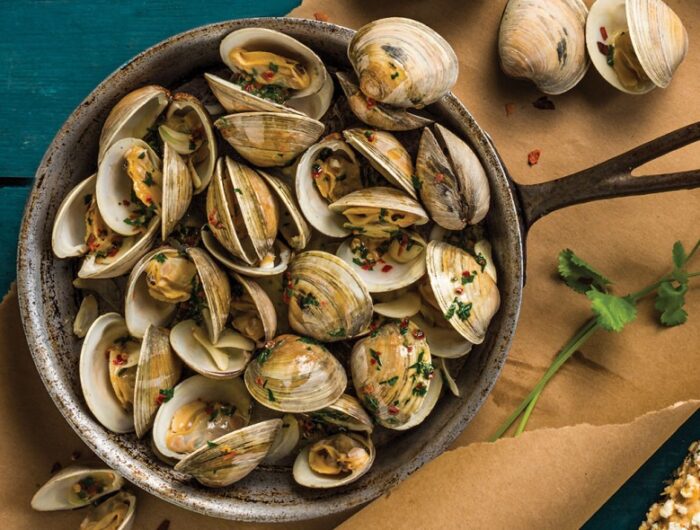
When it comes to comparing clams and mussels, the question of which one is better largely depends on personal taste preferences. Clams tend to have a chewier texture and a more subtle flavor that many people enjoy. On the other hand, mussels are more tender and have a stronger taste that some find overpowering.
Another factor to consider is the nutritional content of each shellfish. Both clams and mussels are excellent sources of protein, vitamins, and minerals such as iron, zinc, and selenium. However, mussels contain higher levels of omega-3 fatty acids than clams do.
Cooking methods also play a role in determining which shellfish is better for different dishes or occasions. Clams are often grilled or smoked while mussels are frequently steamed or boiled in soups or stews.
Ultimately, whether you prefer clams or mussels comes down to your individual palate and cooking style. Whichever you choose though, both options offer plenty of health benefits along with their delicious taste!
Recipes with clams and mussels
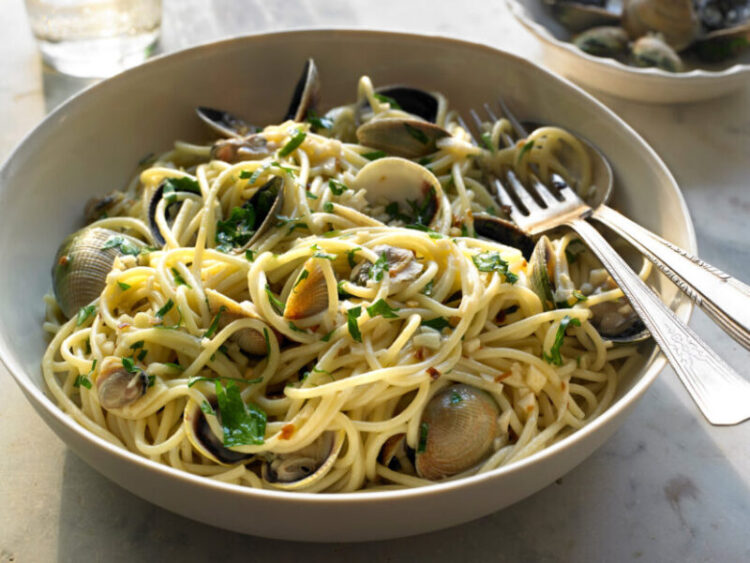
One classic recipe that highlights the natural sweetness of clams and mussels is Linguine alle Vongole, an Italian pasta dish. This simple yet elegant recipe combines clams, mussels, garlic, white wine, and parsley, all cooked together to create a flavorful sauce. Tossed with al dente linguine, this dish is a celebration of fresh seafood and delicate pasta, creating a harmonious blend of flavors.
For a heartier option, you can prepare a savory seafood stew with clams and mussels. Begin by sautéing onions, garlic, and diced tomatoes in a pot. Add in the clams, mussels, and a variety of other seafood such as shrimp or fish, along with herbs like thyme and bay leaves. Simmer the stew until the flavors meld together, creating a rich and comforting dish. Serve it with crusty bread for dipping into the flavorful broth.
Another delectable option is grilled clams and mussels. Marinate the shellfish in a mixture of olive oil, lemon juice, garlic, and herbs like rosemary and oregano. Then, place them on a hot grill, cooking until they open up and become slightly charred. The smoky flavor from the grill adds depth to the natural brininess of the shellfish, resulting in a mouthwatering appetizer or main course.
Recipes with clams and mussels provide a gateway to exploring the wonders of seafood cuisine. Whether you prefer them in a pasta dish, stew, or grilled, their delicate and distinctive flavors will transport you to the shores of the ocean.
With their versatility and ability to elevate a wide range of dishes, clams and mussels are an excellent addition to any seafood lover’s repertoire. So, don your apron and get ready to savor the tastes of the sea with these delightful shellfish recipes.
Conclusion
After exploring the differences between clams and mussels, it’s safe to say that both have their unique qualities. Clams are typically larger and meatier, making them a popular choice for dishes like chowder and linguine with clam sauce. Mussels, on the other hand, have a more delicate flavor and can be prepared in a variety of ways such as steamed or baked.
Ultimately, which one is better comes down to personal preference. Some people may prefer the heartiness of clams while others may enjoy the subtle flavors of mussels. Regardless of your preference, both options provide numerous health benefits thanks to their nutrient-rich content.
Whether you’re enjoying them at a restaurant or cooking them up at home, clams and mussels are versatile seafood options that offer different tastes but equally impressive nutritional value. So why not try adding some shellfish into your diet? You might just discover a new favorite dish!
